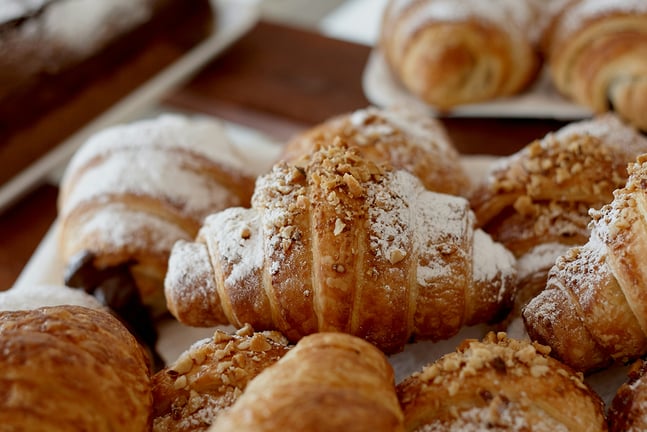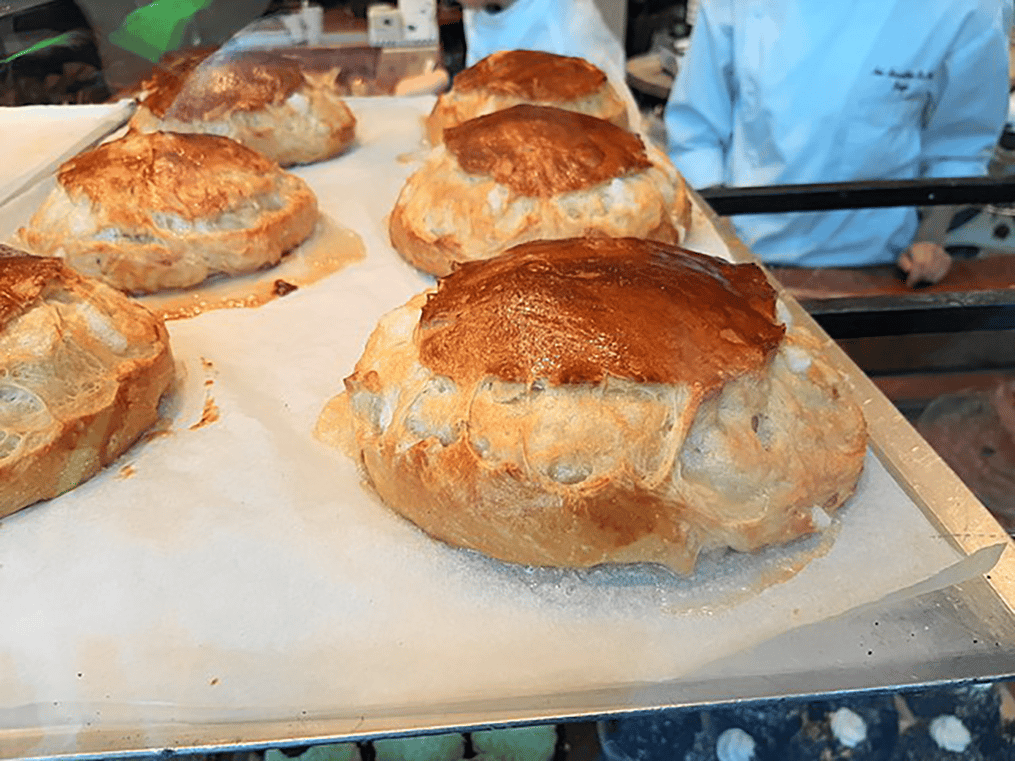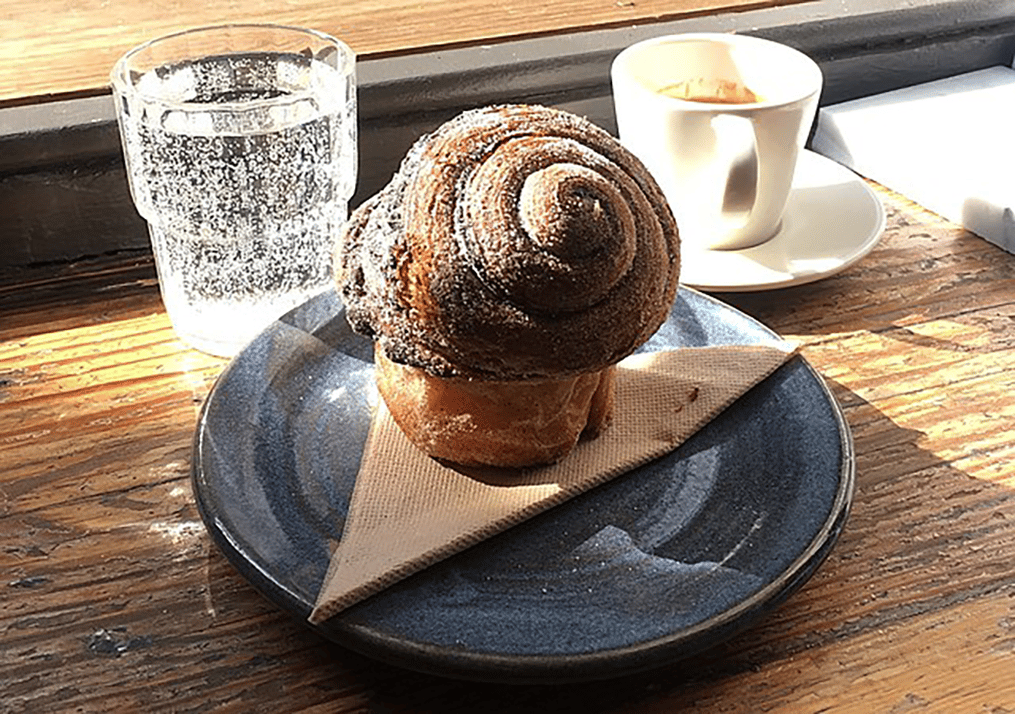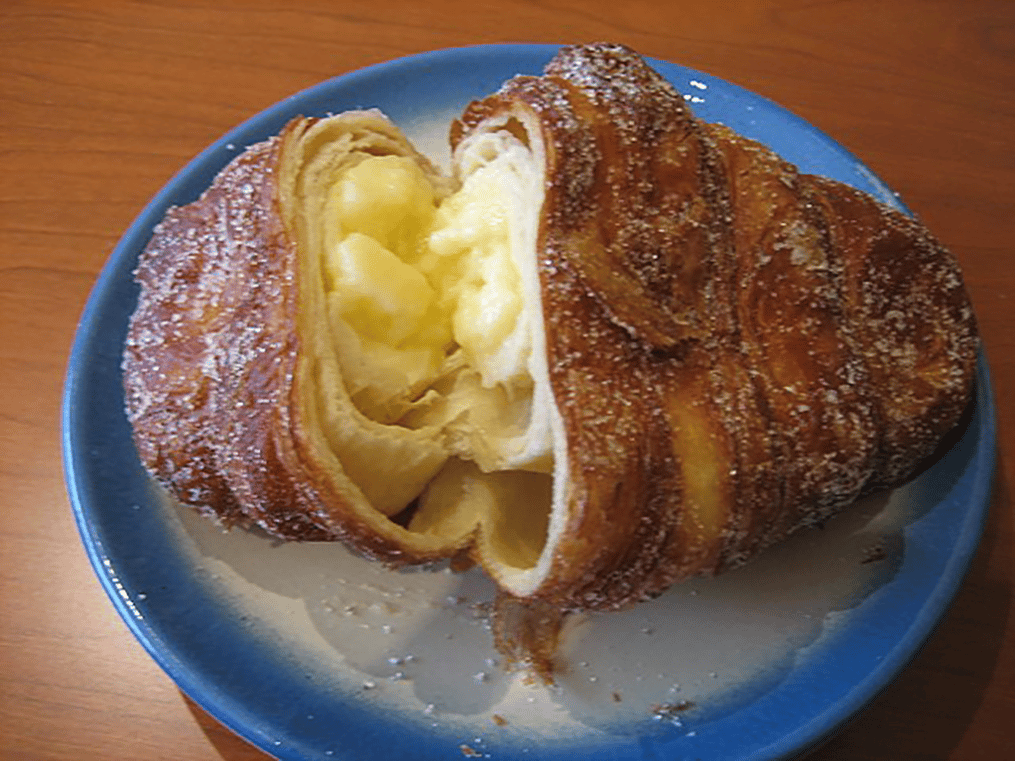- Home
- Articles
- What is Viennoiserie, Where is it From and What Makes for Their not-so-healthy sweet recipes?
Forget your butter cake recipe, for Viennoiserie has plenty of it and not so healthy and it has been cohabiting with France and its nearby neighbours for a while now

If you are thinking croissants you are close to the mark, croissants are part of viennoiserie or breakfast pastries made in Viennese style and there are also some that constitute chocolate desserts. To understand this better, we need to talk about French baking, especially the bakers and the pâtissiers. The bakers work with warm leavened dough, while pâtissiers work with cold ingredients. Why are we talking about France if it's linked to Vienna? That's because August Zang, an Austrian military official, one fine day opened a bakery in Paris called Boulangerie Viennoise. Viennoiseries before Zang’s ambitious move were quite lowkey and what makes them popular is their being a cross being a French baker and French Pâtissiers speciality. Here are some of the most well-known viennoiseries.
1. Croissant
Perhaps the most popular one out there, the yeasty, buttery croissant needs no introduction, they took inspiration from the Austrian Kipfel, which in turn was a product, made in celebration of the victory of Austria against the Ottoman Empire. The crescent moon in the Turkish flag was the inspiration for the shape of the pastry. It took a French turn when it started using puff pastry and aside from the plain butter croissants, it also comes with filling from chocolate, cream cheese or jams.
2. Pain au chocolate

Another French viennoiserie roll Pain au chocolat’s rectangular shape folds over a chocolate baton, or stick, that melts when the pastry is baked. The outside is flaky and buttery and the Southwest of France like calling it chocolatine, it’s a case of name wars with this one. You will find this delicious pastry roll in all boulangeries or bakeries across France.
3. Danish pastry (Wienerbrød)
This crispy viennoiserie is a popular breakfast item in Belgium that is popular all over the world just like the ones from France. It's also made with laminated dough buttered well, and then folded multiple times into itself. It has the feel of a puff pastry and comes with a range of fillings from pastry cream, custard, and fruit fillings like apples, and raspberries to nutty ones. The fillings are mostly season-specific and different parts of Belgium have different specialties.
4. Brioche

A soft and flaky pastry, Brioche is made with a lot of butter, flour, milk and eggs and is said to have been invented by Vikings who brought it to France. They were the ones who brought the knowledge of using butter. It's one of the oldest viennoiseries whose recipe is as old as 1404. It has been enjoyed for centuries since then and once used as a status symbol when a famine made bread quite expensive in the country.
5. Cruffin

Named such because it's a hybrid of the croissant and the muffin, cruffins are Australian and are made with the same laminated dough as croissants. The dough usually has some kind of filling which could be pastry cream, chocolate, salted caramel or peanut butter. It doesn't have a history and is a modern invention made only in 2013.
6. Rogal świętomarciński
A Polish viennoiserie, Rogal świętomarciński is also called St Martin's roll or croissant, is a croissant with a filling and a coat of icing with chopped nuts sprinkled over it. The fillings could be anything from poppy seeds to sugar. The name comes from the tradition of eating this pastry for the occasion of St Martin's Day for over a century. You won't find this pastry anywhere else in the world.
7. Franzbrötchen
At the peak of haute couture is the German croissant, which is similar to a cinnamon roll, or Franzbrötchen that comes from its Hamburg area. It's eaten alongside a cup of coffee and is famed for its beautiful dough pattern, courtesy of the dough being folded repeatedly. It's sweet with sometimes raisins, chocolate or pumpkin seeds added to the dough aside from the cinnamon and sugar already added. Its name is possibly such because Hamburg was once occupied by the French under Napoleon.
8. Xuixo

Originating in Spain, Xuixo is a Catalan dessert that is cylindrical and filled with cream. It's deep-fried and sprinkled with sugar and there's an interesting story behind this strange-sounding (pronounced shoe shoe) dessert. An acrobat, named Tarlá, fell in love with a pastry chef's daughter and during one of his trysts, he was caught in the chef’s bakery, where he was hiding, his sneeze gave him away. The acrobat did promise to marry his daughter and also gifted this pastry recipe to the pâtissier, who humorously named it Xuixo.
9. Tebirkes
This pastry is from Denmark and uses two unique ingredients that make it a little different from the other viennoiseries – marzipan and poppy seeds. The marzipan goes on top of the dough, kind of like an icing, once it's kneaded and rolled out. Once the dough doubles in size it's given a brush of egg wash and a slathering of poppy seeds paste and baked till golden.
Like This Article?
More Like This



Popular Articles





Trending Web Stories
Curated Recipes



















